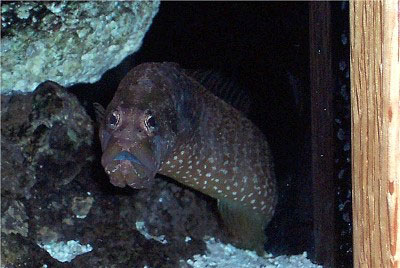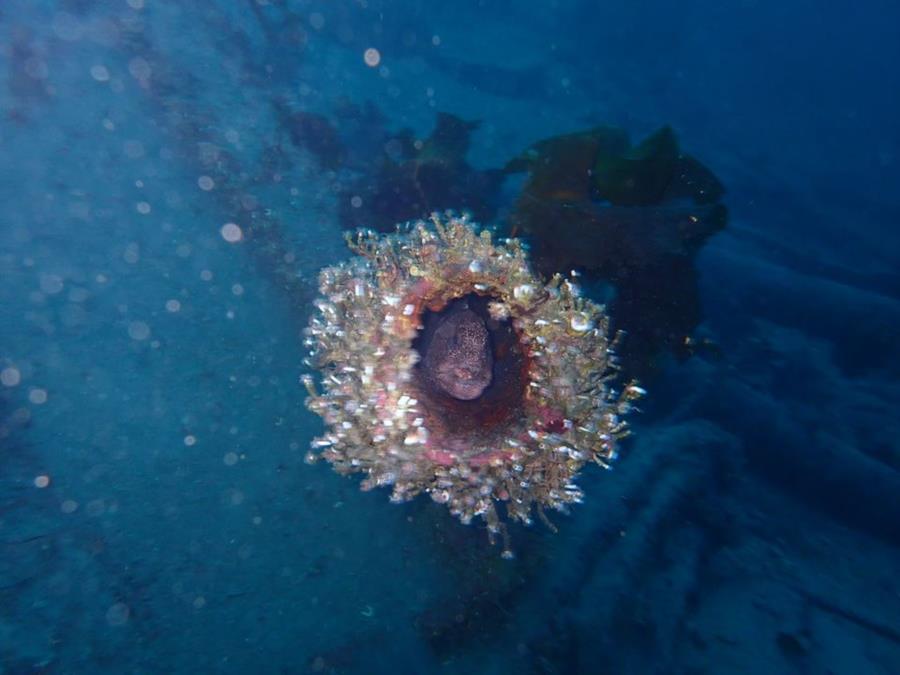

Its body is a brownish color with highlights of green. Its common names include Eared Eel Blenny and Green Wolf Eel. The Wolf Eel aka Carpet Eel Blenny is not really an Eel or a Blenny. Also known as:Carpet Eel Blenny, Eared Eel Blenny. The Green Wolf Eel will likely eat any crustaceans which it is kept in your aquarium.Īs with all Eels, an aquarium with a good tight-fitting cover must be provided to prevent escape. Eels may be kept with other fish, so long as the fish can not fit into the Eel's mouth. This one can even be trained to eat from your hands, but be vary careful, they have vary strong jaws. The Green Wolf Eel is a carnivore and prefers meaty foods including silversides, krill, clam, and carnivore preparations.

Because of this, a well-established aquarium and excellent water filtration along with water changes is highly recommended. Eels are heavy eaters and also produce a great deal of waste. The Green Wolf Eel, Congrogadus subducens grows to a maximum length of around 18 inchs witch adds to its popularity for the home aquarium.

The Green Wolf Eel lacks the pigment in the sensory holes on either side of its head gives it the appearance of having ears. Its coloration varies greatly and is typically mottled in green and brown shades, it will also camouflage with its surroundings. In contrast to that, Gymnothorax tile is rather grey than brown and its cheeks, which may be white, too, are not demarcated sharply from the body color.Wolf Eel - Congrogadus subducens - Carpet Eel Blenny - Eared Eel Blenny - Green Wolf Eel: Green Wolf Eel (Congrogadus subducens) it is a vary hardy and a excellent addition to the aquarium. The head has a typical white, sharply demarcated spot at the corner of the mouth where the upper and lower jaw meet. The entire body is uniform brown or greenish. It is distributed in Indonesia and the Philippines. It is among the smallest moray eels and only reaches about 35 cm following literature. The third species of freshwater moray eel more or less regular in trade is Echidna rhodochilus. The maximum length found in literature is about 90 cm, though they do not seem to become larger than 50 cm following other studies. Gymnothorax polyuranodon can occur up to 30 km away from the coast. Its distribution is similar to its sister species but is extended to New Guinea, Australia, Palau, and the Fiji Islands. In contrast to Gymnothorax tile, it has a white to yellow background color with brown spots. The other possible variation has a red stripe at the lower jaw and is traded as ‘red stripe’.Ī species often confused with the Indian mud moray is Gymnothorax polyuranodon. The variation ‘albino gold’ has a very bright, whitish background color, possibly a pantheistic form. They may also represent different species. Rarely sold are two possible variations of Gymnothorax tile. The species reaches a maximum length of 60 cm (24 inches).

They are common in the Sundarbans mangrove swamps in East India, but they are also distributed in Indonesia, the Philippines and the Andaman Islands. With age the yellow spots become smaller giving the adults a more or less uniform grey appearance. It is grey and has numerous yellow to golden spots spread on the dorsal and lateral part of the body. Sometimes it is labeled ‘Indian mud moray’, ‘snowflake eel’ (not to be confused with the other ‘snowflake eel’ Echidna nebulosa) or ‘gold dust moray’. The by far most common moray eel sold as a freshwater fish is Gymnothorax tile, it is often simply referred to as ‘freshwater moray eel’.


 0 kommentar(er)
0 kommentar(er)
